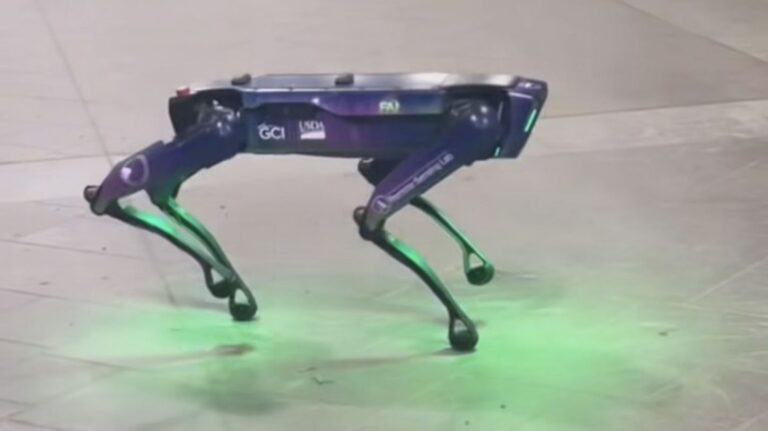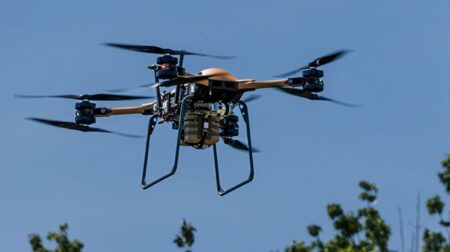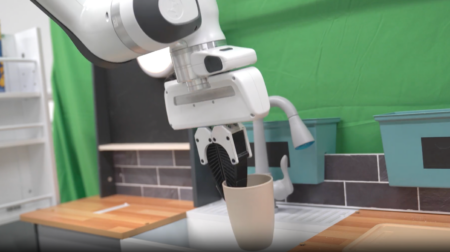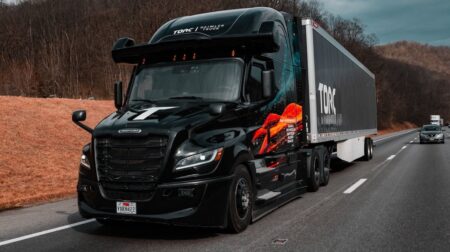In a bid to improve safety measures, the Alaska Department of Transportation and Public Facilities has introduced a robotic quadruped, named Aurora, to deter migratory birds and other wildlife and reduce the risk of incidents.
The robotic dog will masquerade as a coyote or a fox to act as a deterrent, with adaptable panels allowing airport staff to alter its appearance. It is roughly the size of an adult Labrador.
Positioned at Fairbanks airport, the robot has been deployed to patrol the grounds and avert encounters with wildlife.
In media released to the public, Aurora can be seen scaling rocks and stairs while emitting flashing green lights, simulating predator-like movements to be used during migratory bird seasons.
Ryan Marlow, a programme manager with the transportation department, emphasised its role as a wildlife deterrent, which could reduce the need for other deterrents. He said: “The sole purpose of this is to act as a predator and allow for us to invoke that response in wildlife without having to use other means.”
The robot will be deployed hourly near the runway’s perimeter to avert potential encounters between wildlife and planes landing and taking off.
The scheme followed the rejection of a drone-based plan to deploy repellents such as grape juice.
Historical strategies, such as releasing pigs near Anchorage airport in the 1990s, have shown previous attempts at wildlife management. The trial period in Fairbanks will test Aurora’s efficacy against larger animals and assessed the reactions of various animals to the machine.
Past incidents with wildlife have ended in tragedy, such as the 1995 AWACS jet crash, due to a geese strike, which left 24 dead at Elmendorf Air Force Base.








